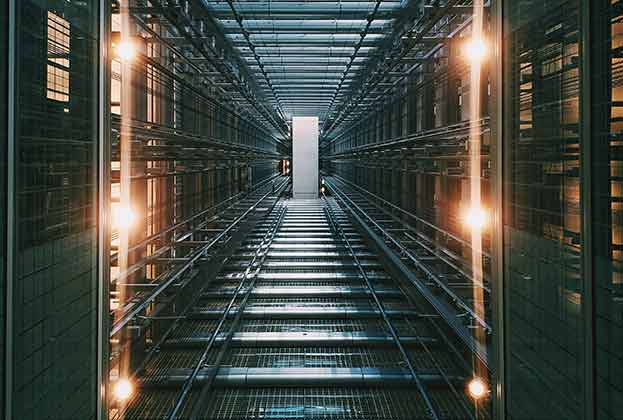Operators are increasingly considering on-site power generation
The energy demand from global data centres accounted for roughly 1% of the worldwide electricity usage, excluding crypto mining, and has increased since 2015 by 10 to 60%, depending on the region. This high energy consumption of data centres is mainly due to the energy needed to cool their servers so they can stay operational.
Energy availability, security, and costs have long been crucial factors in the sector. However, they have become even more paramount over the past 12 months following the start of the Russia/Ukraine conflict and the seismic impact it has on global energy markets and prices. Indeed, the conflict highlighted the need for independent, reliable, and affordable energy in Europe. The latest Eurostat data highlights the relatively high energy dependency in Europe. In 2020, a total of 573 Kote energy (or 1.28 per capita) was produced in Europe, whilst the energy demand was 1,300 Kote (or 2.96 per capita), reflecting an energy dependency ratio in Europe of 57% (i.e. 57% of energy needs to be imported). The Nordic region is self-sufficient and acts as a large energy provider to the rest of Europe.
Whilst in the face of the current threat of power cuts, every effort to reduce energy dependency is made by European governments, for some operators, it has become clear they will increasingly need on-site power generation to guarantee supply. Examples of energy restrictions are worryingly multiplying; new schemes in London and Frankfurt are being told that there will be no power supply until 2026-27. In Ireland, some power contracts only guarantee a proportion of the fixed supply. At the same time, the industry continues to be pinpointed for its voracious energy appetite. According to Ireland’s public energy company, data centres will make up 30% of energy demand in 2028. In the Netherlands, the government has restricted the development of new hyperscale data centres, more than 70 Mw capacity, to just two locations in the country because “The Netherlands is too small and the scarcity of space and energy is too great to deal with the data centre development requirements”. In Denmark, where the Foreign Ministry advertises the country as a perfect destination to do business for data centres, another study by the Danish Council on Climate Change says that data centres will make up 17% of the country’s energy demands in the next ten years.
The Ukraine/Russia conflict also caused energy prices to soar for individuals and businesses, with many governments stepping in with energy support schemes. The conflict also resulted in most countries accelerating their objectives to reduce their country’s energy dependency ratio by investing in more (renewable) energy sources and topping up on gas stock levels. This will have a positive long-term effect as countries will become more independent and in better conditions to manage energy costs, demand, and supply. Consequently, all data centre owners and operators will need to either pass on costs to their end users or alter existing contracts to reflect these price increases. The impact (if any) will be for consumers to demand higher efficiencies, meaning that ultimately they will favour data centres with greater regard for green principles.
Read the articles within Spotlight: European Data Centres below.











.jpg)